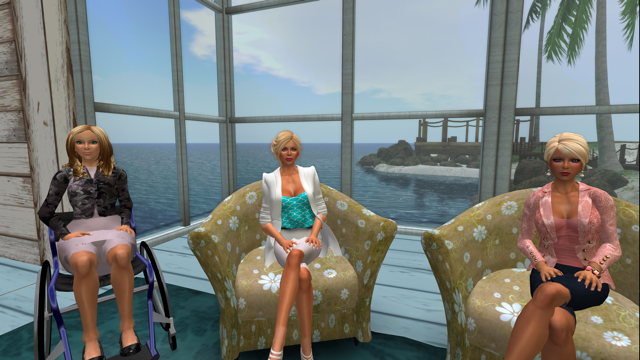Some people use alternate virtual world programs like Second Life to escape reality, but one researcher is examining whether these same virtual worlds that are used to stimulate the imagination could help amputees develop the skills needed to navigate the real world.
Sandra Winkler, who has a Ph.D. in occupational therapy and serves as a faculty researcher and assistant professor for the Nova Southeastern University College of Health Care Sciences, was recently awarded a three-year grant totaling nearly $1 million in funding from the U.S. Department of Health & Human Services Agency for Healthcare Research and Quality to pursue her study. “Patients will be able to enter our virtual island and simulate what it is like to once again use their missing limbs,” says Ms. Winkler.
Participants in the study will be able to virtually experience riding on a jet ski or diving in a coral reef. The virtual world will also include a historical tour of prosthetics, educational seminars, and a forum for participants to anonymously meet and discuss common issues and challenges. They will also be able to “test” different prosthetic models in a virtual shop.
Doctoral students from NSU will also be a part of the research, including working with military spouses in a virtual world environment and helping amputees plan home modifications using a virtual home.
There are currently approximately 2 million people living with limb loss in the United States, according to the National Limb Loss Information Center. This number is projected to increase to 3.6 million by 2050. Approximately 185,000 amputations occur in the United States each year. The expected lifetime costs of veterans with amputations ranges from $1.4 to $1.8 million, not including surgery or future technologies.
[Image courtesy: Nova Southeastern University College]


